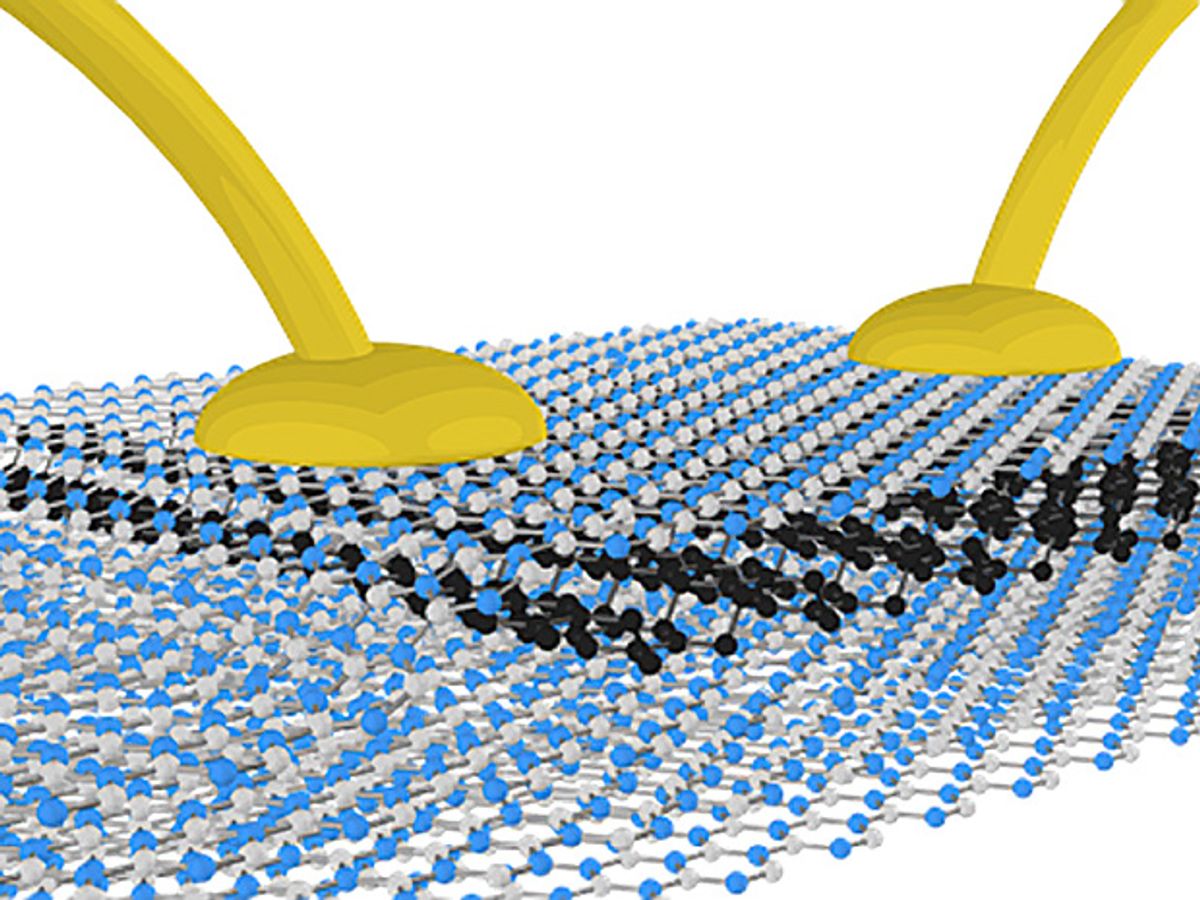While research and its media coverage are quick to extol the virtues of the array of two-dimensional (2-D) materials, what is sometimes neglected is that they often come with some fairly significant obstacles that keep them from replacing silicon. Among these difficulties is the lack of a band gap. However, the potential showstoppers don’t end there. Merely exposing these materials to real-world environments with air can make these materials unstable and begin their decomposition.
Recent research has shown that encapsulation techniques in which a protective shell covers the 2-D material have proven effective at isolating materials like silicene from real-world environments, albeit briefly.
Now researchers at the University of Manchester in the U.K. have combined encapsulation with a number of other manufacturing techniques—including a different means by which the 2-D materials are cleaved away from their 3-D versions and a special method for transferring them onto a substrate and aligning them—to produce 2-D materials that can survive in real-world environments.
“This is an important breakthrough in the area of 2-D materials research, as it allows us to dramatically increase the variety of materials that we can experiment with using our expanding 2-D crystal toolbox,” said Roman Gorbachev, who led the research, in a press release.
In research published in the journal NanoLetters, the Manchester team demonstrated their production technique on two 2-D materials: niobium diselenide and black phosphorus, which has been building quite a reputation for itself over the last 18 months. The researchers fabricated field-effect devices using these materials and their technique. The results showed that the devices remained conductive and fully stable under ambient conditions.
The niobium dieselenide maintained its superconducting properties right down to a monolayer. Meanwhile, the black phosphorus, in the form of a trilayer, had such high electron mobility that it achieved Landau quantization, which is responsible for changes in the electronic properties of materials when exposed to a magnetic field.
The main impact of the research is that it shows a way towards making the full gamut of 2-D materials accessible to real-world applications.
As Andre Geim, the Nobel laureate at Manchester who, with his colleague Kostya Novoselov, first synthesized graphene, noted in the release: “The more materials we have to play with, the greater potential there is for creating applications that could revolutionize the way we live.”
Dexter Johnson is a contributing editor at IEEE Spectrum, with a focus on nanotechnology.



